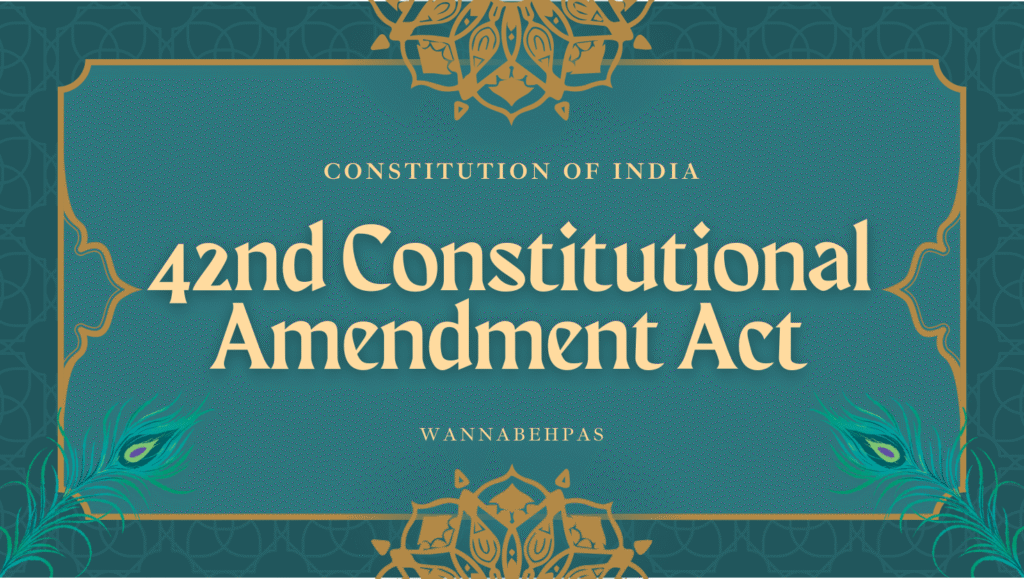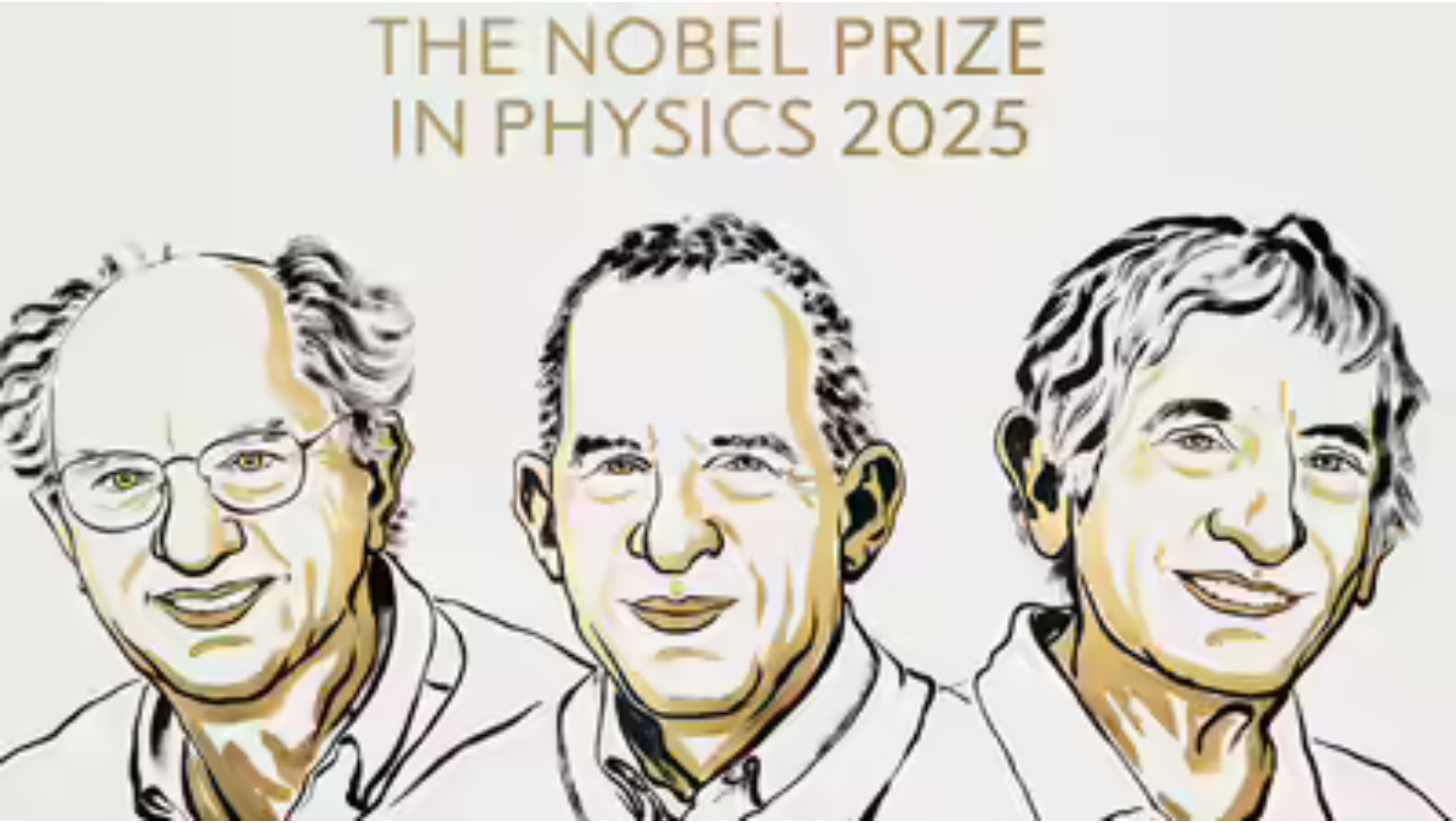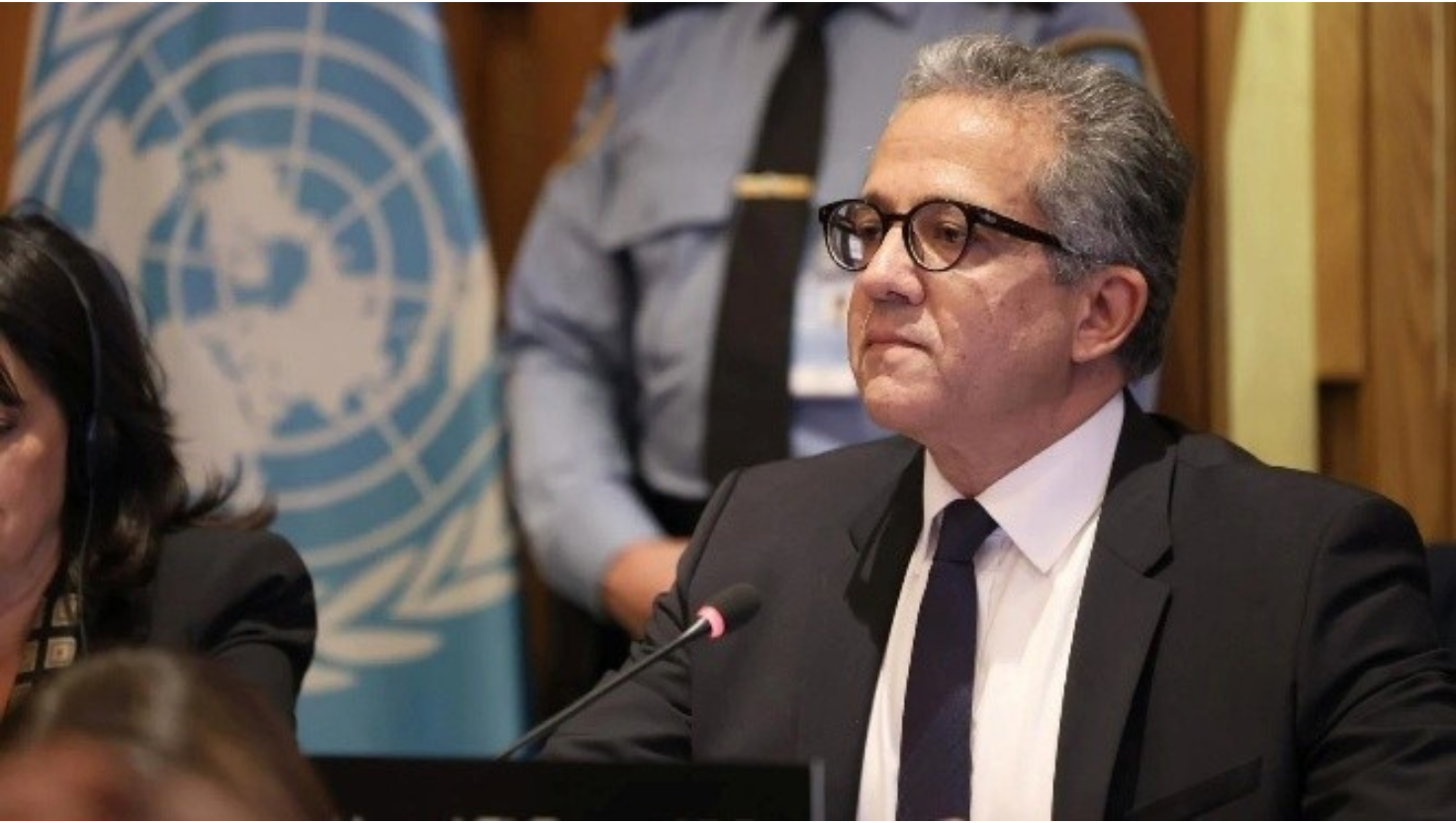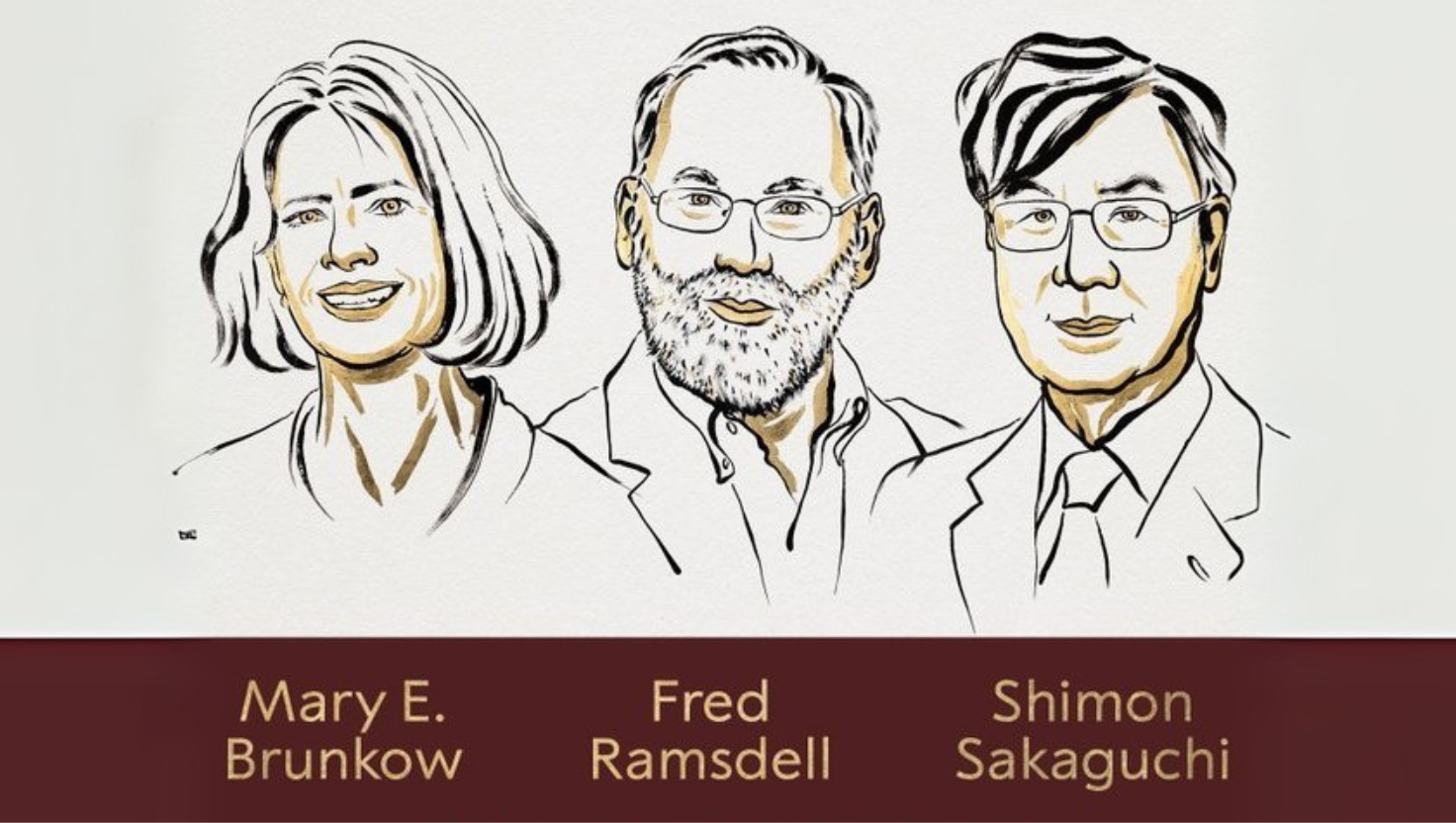42nd Constitutional Amendment Act, 1976 – Mini-Constitution of India
Syllabus: Constitution (UPSC GS II)
Introduction
The 42nd Constitutional Amendment Act was passed in 1976 during the Emergency declared by then Prime Minister Indira Gandhi. It is considered the most comprehensive amendment in India’s constitutional history and is often called the Mini-Constitution due to the wide-ranging changes it made to multiple parts of the Constitution.
Historical Context
India in the early 1970s was experiencing political instability, inflation, unemployment, and growing opposition to the government. In 1975, Emergency was declared under Article 352. Civil liberties were suspended, and the executive gained sweeping powers.
To formalize and support the shift in power, the government appointed the Swaran Singh Committee in 1976, which recommended constitutional reforms to strengthen the central government. These recommendations led to the 42nd Amendment.
Objectives of the Amendment
- Strengthen the central government and reduce the influence of state governments.
- Limit the judiciary’s role in reviewing government actions.
- Introduce Fundamental Duties for citizens.
- Promote social justice, national integration, and economic development.
- Make the Constitution more aligned with the government’s socialist agenda.
Major Changes Introduced by the 42nd Amendment
| Area | Change Introduced |
|---|---|
| Preamble | Added the words ‘Socialist’, ‘Secular’, and ‘Integrity’ to reflect the new ideological direction. |
| Fundamental Duties | Introduced Part IV-A with 10 Fundamental Duties for citizens under Article 51A. |
| Judicial Powers | Curtailed powers of Supreme Court and High Courts by amending Articles 32, 131, and 226. |
| Directive Principles | Added new DPSPs, including free legal aid (Article 39A) and participation of workers in industries (Article 43A). |
| Parliamentary Sovereignty | Declared that laws made to implement DPSPs could not be declared invalid under Fundamental Rights. |
| Duration of Lok Sabha | Extended the term of Lok Sabha and State Assemblies from 5 to 6 years (later reversed). |
| President’s Role | Made it mandatory for the President to act on Cabinet advice (Article 74). |
| Constitutional Amendments | Restricted the scope of judicial review over constitutional amendments (Article 368). |
Impact on the Federal Structure
- Shifted the balance of power toward the Centre, weakening state autonomy.
- Regional parties lost influence in policymaking.
- It created a more unitary tilt in the Indian federal system.
Criticism and Controversy
- Opposition parties argued that it undermined democracy and federalism.
- Public protests and legal challenges followed.
- Critics saw it as an attempt by the ruling party to centralize authority and suppress dissent.
Reversal through the 43rd and 44th Amendments
After the Emergency, the Janata Party government introduced the 43rd and 44th Amendments to undo the most controversial parts of the 42nd Amendment:
- Restored judicial review powers to the courts.
- Reduced Lok Sabha term back to 5 years.
- Reinstated protections for Fundamental Rights.
- Rebalanced powers between the executive, legislature, and judiciary.
Legacy and Significance
- Seen as a turning point in India’s constitutional and political history.
- Showed how the Constitution can be misused during a political crisis.
- Reinforced the importance of checks and balances and judicial independence.
- The amendment remains a topic of debate in polity, law, and governance.











